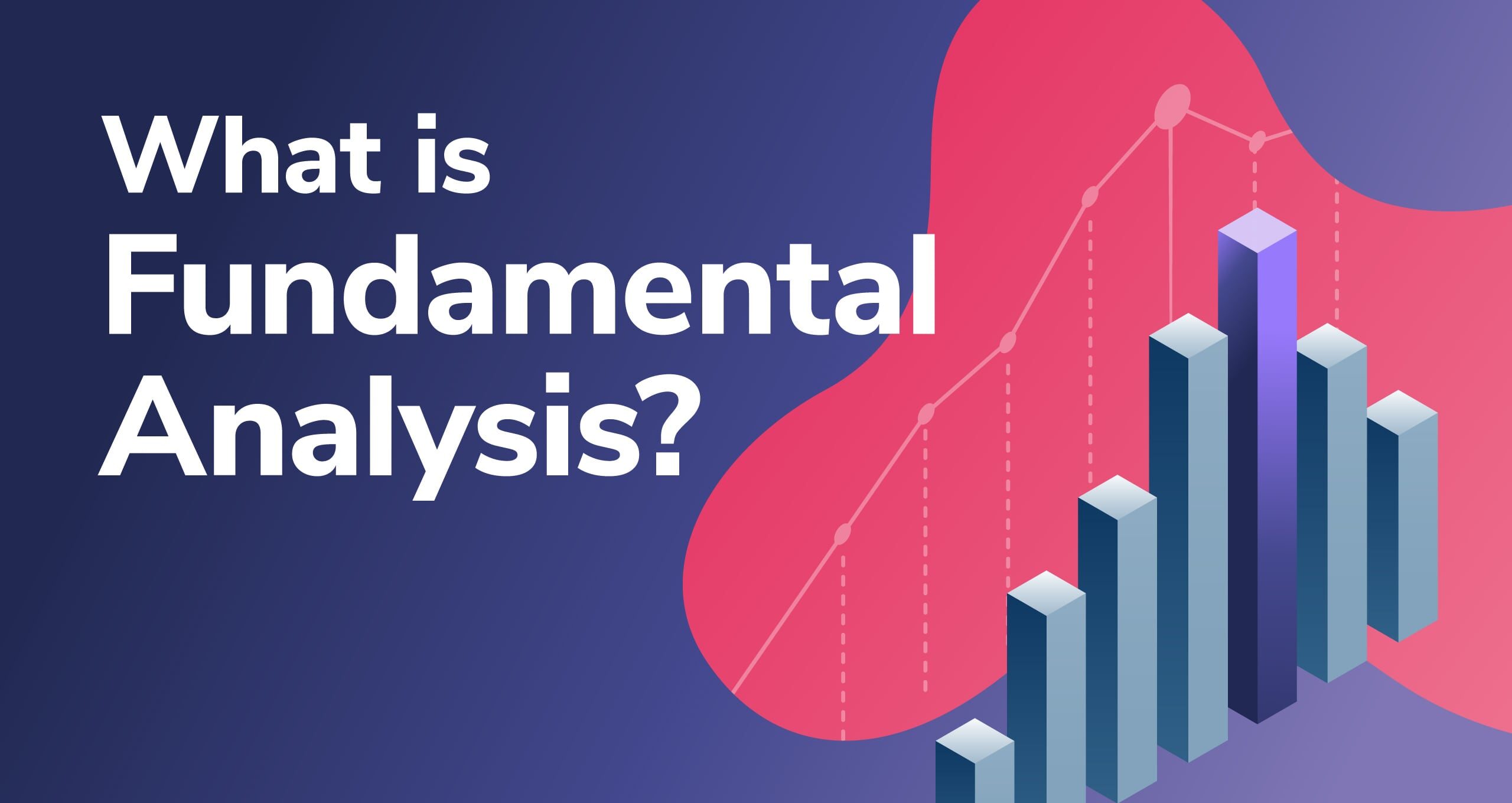Bitcoin Price Fundamental Analysis Guide Complete 2025 Strategy for Crypto Investors

Understanding Bitcoin’s true value requires more than just watching price charts. A comprehensive Bitcoin price fundamental analysis guide provides investors with the essential tools to evaluate Bitcoin’s intrinsic worth beyond market speculation. Unlike technical analysis, which focuses on price patterns and trading volumes, fundamental analysis examines the underlying factors that drive Bitcoin’s long-term value proposition.
This Bitcoin price fundamental analysis guide will equip you with the knowledge to assess Bitcoin’s economic fundamentals, network health, adoption metrics, and market dynamics. Whether you’re a seasoned investor or new to cryptocurrency markets, mastering fundamental analysis is crucial for making informed investment decisions in the volatile world of digital assets.
What is Bitcoin Fundamental Analysis?
Bitcoin fundamental analysis involves evaluating the cryptocurrency’s intrinsic value by examining various economic, financial, and technological factors that influence its price. Unlike traditional assets, Bitcoin presents unique challenges and opportunities for fundamental analysis due to its decentralized nature, limited supply, and emerging market status.
Fundamental analysis for Bitcoin encompasses several key areas, including network security, adoption rates, regulatory developments, macroeconomic factors, and technological improvements. This analytical approach helps investors distinguish between short-term market noise and long-term value trends.
The primary goal of conducting a Bitcoin price fundamental analysis is to determine whether the current market price reflects the cryptocurrency’s true value. This assessment enables investors to identify potential buying or selling opportunities based on whether Bitcoin appears undervalued or overvalued relative to its fundamentals.
Key Metrics for Bitcoin Price Fundamental Analysis
Network Health Indicators
- Hash Rate Analysis The hash rate represents the computational power securing the Bitcoin network. A higher hash rate indicates stronger network security and miner confidence in Bitcoin’s future profitability. When analyzing hash rate trends, consider both absolute values and growth rates over time.
- Network Difficulty Adjustments Bitcoin’s difficulty adjustment mechanism ensures consistent block times. Monitoring difficulty changes provides insights into mining competition and network adaptation to changing conditions. Significant difficulty increases often signal growing miner participation and network strength.
- Active Addresses The number of active Bitcoin addresses indicates network utilization and user engagement. Rising active addresses suggest increasing adoption and network activity, while declining numbers may signal reduced interest or usage.
On-Chain Metrics
- Transaction Volume Daily transaction volume reflects real economic activity on the Bitcoin network. Higher transaction volumes typically indicate increased usage and utility, supporting higher valuations. However, distinguish between organic transactions and artificial volume manipulation.
- Transaction Fees Network fees provide insights into demand for Bitcoin transactions. Rising fees during network congestion periods demonstrate strong usage demand but may also indicate scalability challenges. Conversely, extremely low fees might suggest reduced network activity.
- UTXO Analysis Unspent Transaction Outputs (UTXOs) reveal Bitcoin holder behavior patterns. Long-term holders typically maintain larger UTXOs, while frequent traders generate smaller, more fragmented outputs. This analysis helps identify accumulation versus distribution phases.
Supply and Demand Dynamics
- Bitcoin Supply Metrics Bitcoin’s fixed supply of 21 million coins creates unique scarcity dynamics. Monitor the current circulating supply, mining rewards, and the approach toward the maximum supply limit. Each halving event reduces new supply issuance, potentially impacting price dynamics.
- Exchange Reserves Bitcoin held on cryptocurrency exchanges indicate selling pressure potential. Declining exchange reserves often suggest accumulation by long-term holders, while increasing reserves may signal preparation for selling activity.
- Whale Activity Large Bitcoin holders (whales) can significantly impact market dynamics. Track whale accumulation patterns, distribution activities, and dormant coin movements to gauge institutional and high-net-worth individual sentiment.
Fundamental Analysis Indicators for Bitcoin

Network Value to Transactions (NVT)
The NVT ratio compares Bitcoin’s network value (market capitalisation) to the volume of transactions. This metric serves as Bitcoin’s equivalent to a traditional price-to-earnings ratio. A high NVT ratio may indicate overvaluation, while a low ratio could suggest undervaluation relative to network utility.
Calculate NVT by dividing Bitcoin’s market capitalization by its daily transaction volume. Historical NVT ranges help identify potential entry and exit points based on relative valuation levels.
Realized Market Capitalization
Realised market cap values Bitcoin based on the price when coins last moved, rather than current market prices. This metric provides insights into the aggregate cost basis of Bitcoin holders and helps identify market cycle phases.
When realised market cap approaches or exceeds the traditional market cap, it often signals market bottoms. Conversely, significant divergence between the two metrics may indicate market tops or bottoms.
Stock-to-Flow Model
The stock-to-flow model evaluates Bitcoin’s scarcity by comparing existing supply (stock) to new production (flow). This model gained popularity for its historical accuracy in predicting Bitcoin price movements around halving events.
While useful for long-term analysis, the stock-to-flow model has limitations and should be combined with other fundamental indicators for comprehensive analysis.
Macroeconomic Factors Affecting Bitcoin
Inflation and Monetary Policy
Bitcoin’s value proposition as a hedge against inflation makes it sensitive to monetary policy decisions. Central bank actions, inflation rates, and currency debasement can significantly impact Bitcoin demand and pricing.
Monitor key economic indicators, including consumer price index, money supply growth, and central bank policy statements. These factors influence Bitcoin’s role as a store of value and its correlation with traditional assets.
Institutional Adoption
Corporate treasury adoption and institutional investment flows significantly impact Bitcoin’s fundamental value. Track corporate Bitcoin purchases, institutional fund flows, and regulatory approvals for Bitcoin-related financial products.
Institutional adoption provides legitimacy and reduces volatility while increasing demand from large capital allocators. This trend supports higher long-term valuations and market maturity.
Regulatory Environment
Regulatory developments across major economies directly affect Bitcoin’s adoption and valuation. Positive regulatory clarity typically supports higher prices, while restrictive regulations can negatively impact demand and accessibility.
Stay informed about regulatory proposals, enforcement actions, and policy statements from key jurisdictions including the United States, European Union, and major Asian markets.
Technical Infrastructure and Development
Bitcoin Protocol Improvements
Monitor Bitcoin Improvement Proposals (BIPs) and protocol upgrades that enhance functionality, security, or scalability. Significant improvements can increase Bitcoin’s utility and support higher valuations.
Key areas include privacy enhancements, smart contract capabilities through solutions like Taproot, and layer-two scaling solutions such as the Lightning Network.
Mining Industry Health
The mining industry’s health directly impacts Bitcoin’s security and long-term viability. Analyze mining profitability, geographic distribution, and technological advancement within the mining ecosystem.
Sustainable mining practices and renewable energy adoption also influence Bitcoin’s long-term value proposition and regulatory acceptance.
Market Sentiment and Social Indicators
Social Media Sentiment
Social media sentiment analysis provides insights into retail investor behavior and market psychology. Tools measuring Twitter sentiment, Reddit discussions, and Google search trends can indicate changing market sentiment.
While sentiment indicators shouldn’t drive investment decisions alone, they provide valuable context for understanding market dynamics and potential turning points.
Developer Activity
GitHub activity and developer engagement metrics indicate Bitcoin’s long-term development health. Active development suggests continued innovation and problem-solving within the Bitcoin ecosystem.
Monitor code commits, active developers, and project funding to assess the protocol’s development trajectory and community strength.
Valuation Models and Frameworks
Discounted Cash Flow Models
Adapting traditional DCF models for Bitcoin requires creativity in defining “cash flows.” Some analysts use transaction fees, mining rewards, or network economic activity as proxies for traditional cash flows.
While imperfect, DCF-style models provide structured approaches to Bitcoin valuation and can be useful for comparative analysis across different time periods.
Network Effects Valuation
Bitcoin’s value partly derives from network effects, where utility increases with user adoption. Metcalfe’s Law suggests network value grows proportionally to the square of connected users.
Apply network effects models by tracking user growth, transaction activity, and ecosystem development to estimate Bitcoin’s network value.
Risk Assessment in Bitcoin Fundamental Analysis
Technology Risks
Evaluate potential technological risks including protocol vulnerabilities, quantum computing threats, and competing blockchain technologies. While Bitcoin has proven resilient, technological risks remain relevant for long-term analysis.
Regulatory Risks
Assess regulatory risks across major markets and their potential impact on Bitcoin adoption and pricing. Consider both direct regulations affecting Bitcoin and indirect policies influencing cryptocurrency markets.
Market Structure Risks
Analyze market structure risks including exchange concentration, custody solutions, and market manipulation potential. These factors can significantly impact Bitcoin’s price stability and institutional adoption.
Practical Application of Bitcoin Fundamental Analysis
Building a Fundamental Analysis Framework
Develop a systematic approach to Bitcoin fundamental analysis by creating a weighted scoring system for different metrics. Consider both quantitative indicators and qualitative factors in your assessment framework.
Regular monitoring and updates to your framework ensure continued relevance as Bitcoin markets evolve and mature.
Combining Fundamental and Technical Analysis
While this guide focuses on fundamental analysis, combining fundamental insights with technical analysis can improve investment timing and risk management. Use fundamental analysis for long-term direction and technical analysis for entry and exit timing.

Portfolio Integration
Consider how Bitcoin fundamental analysis fits within broader investment portfolios. Bitcoin’s correlation with traditional assets, its role as a portfolio diversifier, and its risk-return characteristics should influence position sizing and allocation decisions.
Advanced Fundamental Analysis Techniques
Cohort Analysis
Analyze Bitcoin holder cohorts based on acquisition dates, holding periods, and transaction patterns. This analysis reveals market cycle dynamics and helps identify accumulation versus distribution phases.
Cross-Asset Analysis
Compare Bitcoin’s fundamental metrics with other cryptocurrencies and traditional assets to identify relative value opportunities and market positioning.
Scenario Analysis
Develop multiple scenarios for Bitcoin’s future based on different fundamental assumptions. This approach helps prepare for various market conditions and reduces decision-making bias.
Common Mistakes in Bitcoin Fundamental Analysis
Over-Reliance on Single Metrics
Avoid making investment decisions based on individual fundamental indicators. Bitcoin’s complexity requires comprehensive analysis across multiple metrics and timeframes.
Ignoring Market Cycles
Bitcoin exhibits cyclical behavior that fundamental analysis should acknowledge. Understanding market cycles helps contextualize fundamental metrics and improve timing decisions.
Neglecting External Factors
Don’t focus solely on Bitcoin-specific metrics while ignoring broader economic, technological, and regulatory developments that influence cryptocurrency markets.
Future Considerations for Bitcoin Fundamental Analysis
Evolving Metrics
As Bitcoin markets mature, new fundamental metrics and analysis techniques will emerge. Stay informed about analytical innovations and adapt your framework accordingly.
Institutional Integration
Growing institutional adoption will likely change Bitcoin’s fundamental characteristics and require updated analysis approaches. Monitor how institutional involvement affects traditional metrics and market dynamics.
Technological Developments
Future technological developments, including layer-two solutions and protocol improvements, will impact Bitcoin’s fundamental value proposition and require analysis framework updates.
Conclusion
Mastering Bitcoin price fundamental analysis requires understanding unique cryptocurrency metrics, macroeconomic factors, and technological developments that influence Bitcoin’s value. This comprehensive Bitcoin price fundamental analysis guide provides the foundation for making informed investment decisions based on underlying value rather than market speculation.
Success in Bitcoin fundamental analysis comes from systematic application of multiple metrics, regular monitoring of key indicators, and adaptation to evolving market conditions. Remember that fundamental analysis is most effective for long-term investment strategies and should be combined with proper risk management techniques.
Ready to apply these fundamental analysis principles to your Bitcoin investment strategy? Start by implementing the framework outlined in this Bitcoin price fundamental analysis guide and develop your own systematic approach to evaluating Bitcoin’s intrinsic value. Consider consulting with financial advisors and staying updated on regulatory developments as you build your cryptocurrency investment expertise.
FAQs
Q: How often should I conduct Bitcoin fundamental analysis?
A: Regular monitoring is essential, with comprehensive analysis monthly or quarterly. Key metrics should be tracked weekly, while major fundamental changes require immediate assessment.
Q: Which fundamental indicators are most important for Bitcoin price analysis?
A: Network hash rate, active addresses, exchange reserves, and macroeconomic factors are typically most influential. However, importance varies based on market conditions and time horizons.
Q: Can fundamental analysis predict Bitcoin price movements?
A: Fundamental analysis helps identify value trends and potential opportunities but cannot predict exact price movements or timing. It’s most effective for long-term investment decisions.
Q: How does Bitcoin fundamental analysis differ from traditional asset analysis?
A: Bitcoin analysis focuses on network metrics, adoption indicators, and cryptocurrency-specific factors rather than traditional financial statements and earnings metrics.
Q: Should I use fundamental analysis alone for Bitcoin investment decisions?
A: Combining fundamental analysis with technical analysis and risk management provides a more comprehensive investment approach than relying on fundamental analysis alone.
